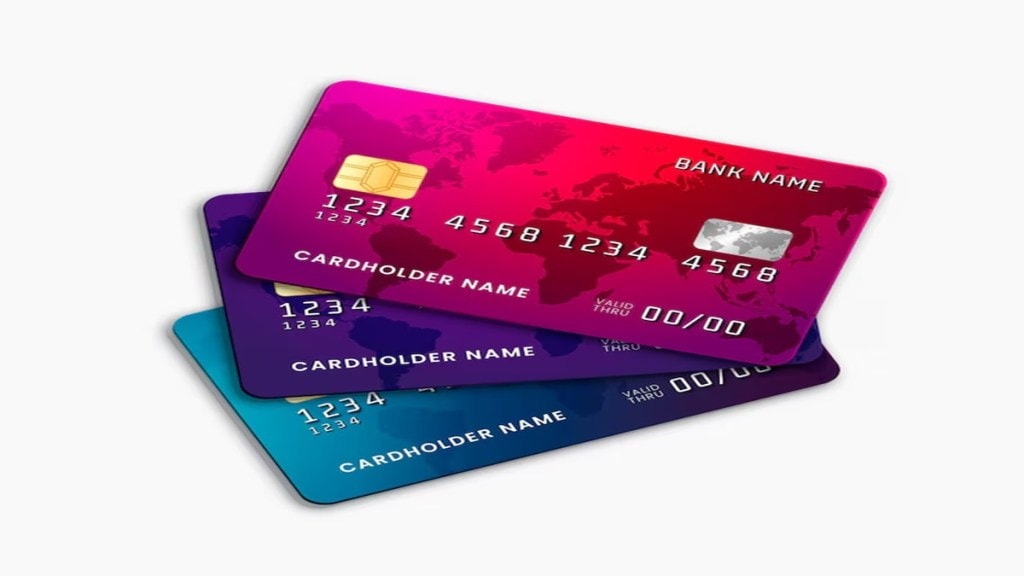Rewards for high spending, discounts on shopping and travel, ease of getting loans, lounge benefits and more have made credit cards increasingly popular in India. However, many users now find themselves caught in a cycle of “never-ending” EMI repayments. This growing reliance on credit cards has also led to a surge in defaults, with non-performing assets (NPAs) in the segment rising by 28.42% year-on-year, reaching Rs 6,742 crore as of December 2024, according to the latest RBI data.
The gross NPAs in the credit card segment increased by Rs 1,500 crore from Rs 5,250 crore in December 2023 to Rs 6,742 crore in December 2024. This rise comes as people are struggling to repay their credit card dues due to overspending, financial hardships such as job loss, and high interest rates on outstanding balances. These NPAs now account for 2.3% of the total outstanding credit card loans, which stood at Rs 2.92 lakh crore in December 2024. In 2023, the NPA ratio was 2.06% when the total outstanding amount was Rs 2.53 lakh crore.
The rise in credit card defaults is even higher when viewed over a longer period. Credit card NPAs have surged more than 500% from just Rs 1,108 crore in December 2020 and sharply contrast with the overall banking sector trend. In December 2023, the gross NPAs fell from Rs 5 lakh crore (2.5% of total advances) to Rs 4.55 lakh crore (2.41%) last year, as reported by The Indian Express.
Credit card NPAs are debts on credit cards that have not been repaid for a certain period – typically 90 days or more – and are now classified as defaults by banks or financial institutions. When a credit card user fails to pay their dues (minimum or full) for three consecutive months, the outstanding amount becomes an NPA for the bank. The bank charges 42-46% interest per annum on the outstanding dues, and his credit score also plummets.
RBI data shows that credit card receivables stood at Rs 2.92 lakh crore, with Rs 6,742 crore of that amount now classified as NPAs as of December 2024. Credit card receivables are the total outstanding amount that customers owe to banks or credit card companies for their credit card usage.
In November 2023, the Reserve Bank of India (RBI) increased the risk weights for banks’ exposure to consumer credits like personal loans, credit card receivables and loans to NBFCs by 25 percentage points, taking the risk weight up to 150%.
“Even as inquiry volumes remain robust, the impact of an increase in risk weights on certain segments of consumer credit pulled down the rate of growth in overall consumer credit, especially personal loans and credit cards,” the RBI’s FSR report said.
Risk weight determines how much capital a bank must set aside to cover potential losses from a loan. Higher risk weight means more capital is required, making it costlier for banks to lend in that segment. This is done to prevent any financial instability due to a sharp rise in unsecured loans and credit card debt.
“Customers should realise that if they keep card dues beyond the interest-free period, they end up paying an interest rate of up to 42 per cent in some cases. It will put them in a debt trap,” The Indian Express quoted a bank official as saying.

